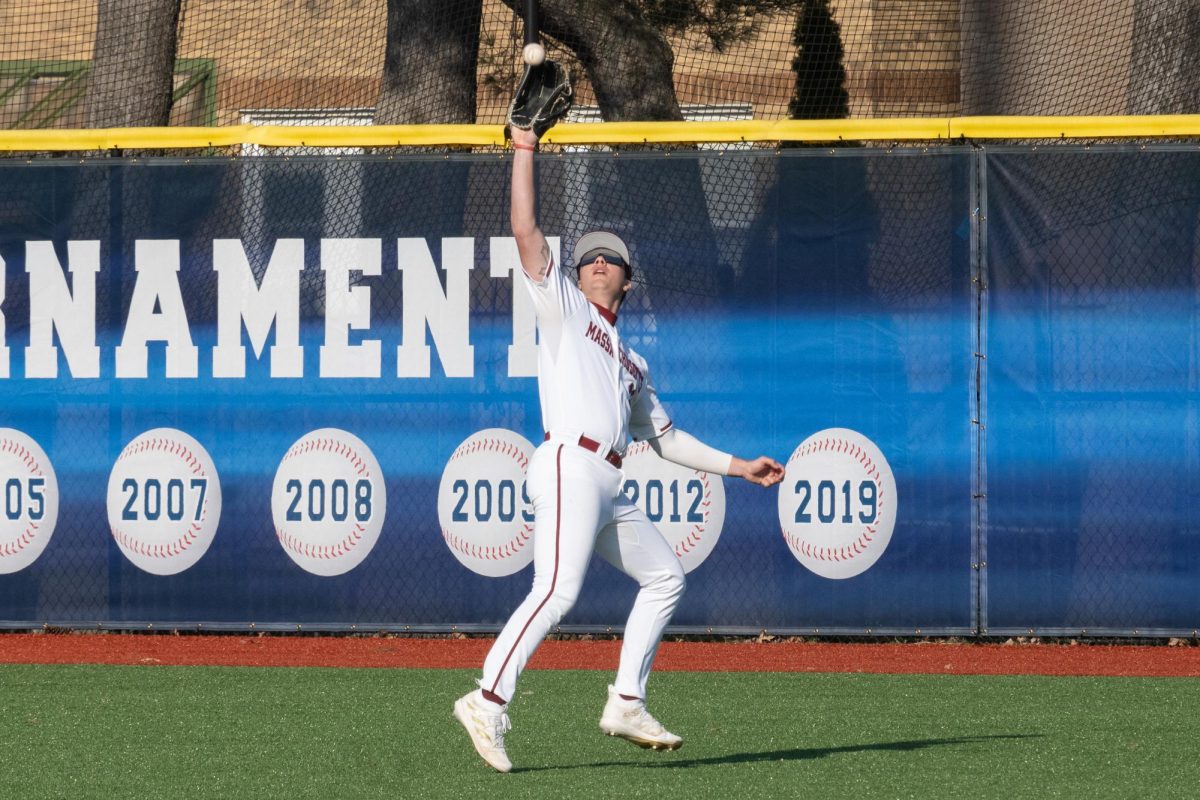Up two spots from last year, the University of Massachusetts has tied with two other universities as the 40th best public national university, according to the U.S. News & World Report’s annual list of the best colleges.

UMass Amherst also ranked no. 91, along with five other universities in the best national universities category, an improvement from their no. 97 ranking last year.
Though universities often brag about these high rankings, John Tierney of “The Atlantic” argues that the U.S. News’s rankings help push college costs higher.
“The formula they use in calculating their rankings rewards schools that spend more money, so colleges and universities do precisely that, and then inevitably have to raise their tuition to cover growing costs,” Tierney said.
Data collected from the UMass Office of Institutional Research (OIR) shows that the in-state undergraduate fees for 2013 are nearly seven times the cost of tuition. Out-of-state and graduate students have seen similar hikes in tuition and required fees.
Cailie Trombley, a junior at UMass, did not see the value of being ranked higher if it meant rising tuition.
“It would be a big thing if we were number 1. But we’re number 40, so it doesn’t seem worth it to make us pay more,” she said.
Daniel J. Fitzgibbons, associate director of the News and Media Relations, said that the rankings do not change how UMass is run.
“We’re glad to be number 40, but [the rankings] don’t change our policy or focus,” said Fitzgibbons. “We continue to focus on and provide the best education possible.”
Fitzgibbons added that UMass’s rankings increase people’s interest in applying and enrolling at UMass. Since 2004, according to OIR data, the Commonwealth Honors College and first-year enrollments have been on the rise, with only a slight dip in 2011.
According to the U.S. News website, the university ranking system works by first categorizing schools based on their mission and location. They then “gather data from and about each school in up to 16 areas related to academic excellence.”
The requirements for the U.S. News & World Report rankings changes each year. This year, the U.S. News ranked universities on criteria like peer assessments, graduation and freshman retention rates and the newly enrolled students’ high school class standing and SAT and ACT scores. Schools are given an extensive questionnaire they fill out and then send back to U.S. News.
The changes in how schools report their data is the key reason why some schools move in the rankings.
According to the digital magazine’s website, the “rankings are designed to help students and parents make an informed decision.”
“A lot of school seniors use this guide and others to decide. But it’s not the be all and end all,” said Fitzgibbons. “Students really need to go out and visit schools.”
Veronica Stracqualursi can be reached at [email protected]


















